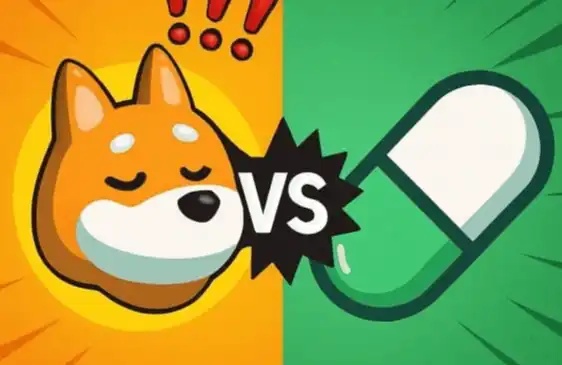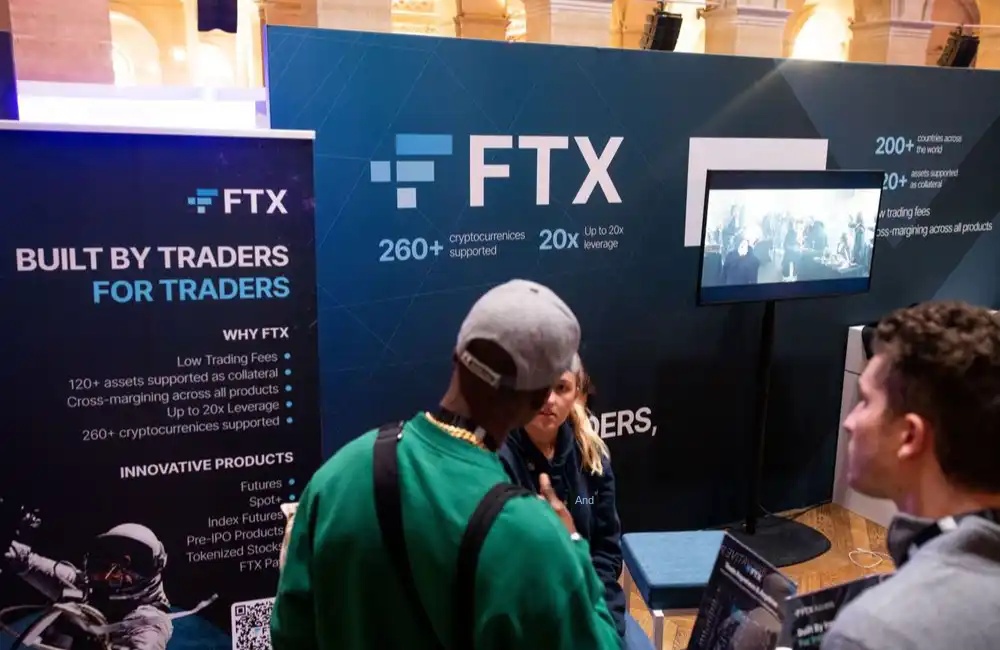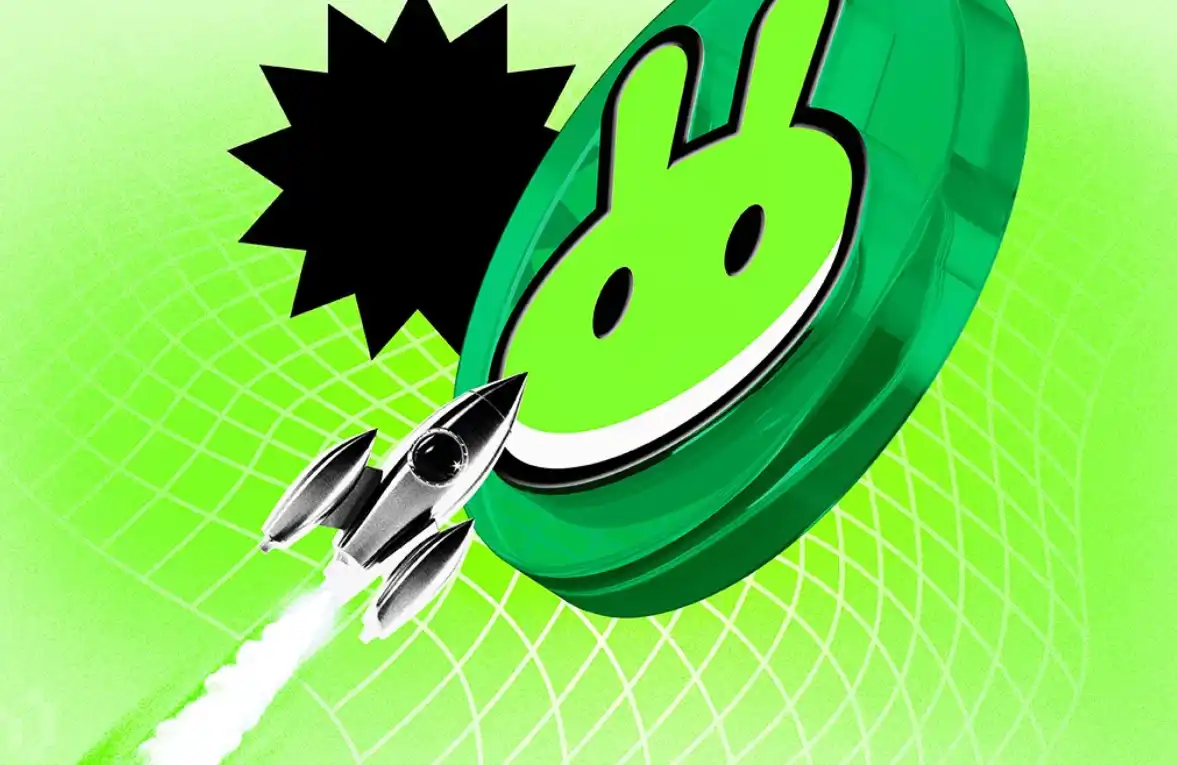Sui Lianchuang: Combining Advantages of Chain Games and Move Language
Original title: "Why is the Move language particularly valuable for blockchain games?" | Sui Lianchuang Koh Kim"
Original Source: Mysten Labs
Original Compilation: Vientiane, Mengzhuo
This article is from an online AMA by Koh Kim, Head of Ecosystem at Mysten Labs. During the interview, Koh introduced how the Sui public chain based on the Move language can empower blockchain games, and how it can attract game developers to learn and apply the Move language. We look forward to the Move language as the cornerstone, giving birth to a prosperous chain game ecology.
Basic introduction
Jen:Welcome to The latest Sui AMA. In this issue we feature the heads of the Mysten Labs ecosystem.
Koh:I am Koh Kim and I handle all external matters for Mysten. So I often think about:
1. How do we develop the community?
2. How to motivate developers to bring cool experiences to our platform?
3. How to empower the community to learn and become excellent developers?
I studied applied game theory and statistics in college and wanted to be an academic. However, my college advisor advised otherwise, so I tried to experience the real world as a summer intern at Motorola, researching future hardware and software trends. After college, I worked for a few years at a consulting firm focused on quantitative marketing before joining Google.
Beginning in product marketing, I started working with Google's emerging products. My most notable accomplishment is scaling the Google Play Games team and business globally. I'm also an angel investor and advisor to many consumer technology companies, especially in the gaming space. I've helped with Web3 projects like SkateX and Panzerdogs.
I work at Mysten Labs today. All signals lead me to jump into Web3, join Mysten Labs and build for Sui, there's no better place to be.
Q&A
Question 1: Why is the game built on Sui?
Koh:Sui assets are now modeled to define properties of items, or to combine different items into new thing.
In the game, you can own a sword to collect experience points to improve the level, where points and levels are defined as attributes. You can also combine different items, such as swords and gems, to make a new sword. All these records can be on-chain.
Beyond games, it has implications for distribution, payments and marketing as well, as these always have intermediary platforms taking a cut of the revenue.
Our technology is so different from other "competitor" public chains, it reminds me of the transition period from dial-up to broadband Internet. Although dialing is slow and clumsy, it's so magical that you can talk to a Swede with a keyboard and mouse. Now that we have broadband, the Internet is very different.
The question we are often asked is "Why do we need a new Layer 1?" There are already too many various Layer 1 companies on the market. chain.
This is very confusing for developers. Currently, most developers treat each Layer 1 as an object that can acquire users rather than utility. So it's important to focus on which use cases will bring value to the end user, and I think Sui is the only Layer 1 that enables those experiences.
Sui and Aptos are often compared because both founding teams came from Diem at Facebook. Superficially, the two are indeed similar, but I always recommend digging deeper into the background of the team and their actual contributions, especially when it comes to deep technologies like infrastructure.
Sadly, a lot of people don't really do enough due diligence, and it's hard to evaluate an early stage company like ours with very little public information.
When it comes to competition, although a hundred schools of thought contend with their own opinions, the "reality" beyond opinions is more important. For me, I let the product speak for itself and focus on the builders. A year from now, things will be very different.
In the long run, Meta has far more engineers than Solidity engineers in the world. If you look at the adoption of a programming language like JavaScript, I wouldn't necessarily say Ethereum (Solidity) won or anyone won. This is because the blockchain is in the "dial-up era". Once we enter the "broadband era", things will be very different.
Jen:It will seduce you without you suspecting that you are enjoying the experience of the game, and Not a thinking mechanism.
Koh: If you think about it, everyone has a cell phone. But you can't compete with publishers (app stores) and have to play by Apple's and Google's rules, which hurts.
Players feel valued if they feel like they are investing their time and not their money; therefore, you must first convince them of this The experience is worth their time.
Why put up all these unnecessary hurdles like having a wallet, getting an NFT, and getting a token? It's all set up, and maybe things are not up to snuff. You'll just have an ever-smaller potential market. Having said that, I do think there are some games that will be perfect and sustainable. With so much out there, there's no need to reinvent the wheel.
Question 2: What is game development on Sui like? Will we release game engine SDKs like Unity and Unreal in the future? What will the game's roadmap look like?
Koh: Unity is probably a more interesting target for me than Unreal, but I think they are different All aspects are important. Unity has a much more diverse community. It's definitely more functional and more independent. Game studios looking to move to Web3 use Unity as an engine, especially on mobile.
There is another marketplace-like ecosystem of developer tools and apps built on top of Unity or Unreal that allow game developers to build.
The Unity plugin will be fairly simple, especially when adding it to our SDK. It will offer the widest range of game types and genres we're looking for. There are a lot of cool ways to support the wider community and bring them into the Sui ecosystem, but I can't reveal them just yet.
Unreal, on the other hand, is interesting in that it really focuses on AAA games. For me it's definitely a longer view because these games tend to take at least 5 to 7 years of development, often 10 years of development to get to the quality they want, and it's definitely a bigger risk .
Having said that, we are looking at some game products on Unreal and building toolsets to evaluate how Web3 works in their games, especially MMOs RPG type.
Jen:I know that for AAA games, the roadmap is much longer because the developer studios are in beta testing There will be many problems, especially in blockchain Web3 games.
Koh:We are very aware that building games takes time and may take multiple attempts; Depends on how good your user acquisition and community building strategy is. In the end, it depends on whether you can get a distribution.
If no one knows about the game, it may never be successful. This is why the community aspect is important, especially: how blockchain technology will enhance and support the game's fanbase. With transparent blockchain technology to support the game, players introduce the game to their friends.
It will be very interesting that game developers and companies will have more transparency with the players themselves to be able to develop a more direct relationship.
Question 3: Are there any plans to create a store or marketplace for people to discover Sui games?
Koh:Yes, we are working with several marketplaces. Our store opening strategy is:
We are working with more third-party projects. Engaged to a lot of non-Mysten/Sui companies looking to build marketplaces, either to support Sui like other chains, or to build an exclusive destination similar to what Magic Eden did for Solana NFTs.
We also have some markets and projects that are looking to access multi-chains,but I think we should be a platform rather than an application developer, because the establishment It's one thing to have a marketplace, it's another to manage and grow the marketplace, and that's where we want to work with third parties, new developers.
Question 4: Do you find developers apprehensive about building on Sui because they are not familiar with the Move programming language?
Koh:Move was originally designed as an object-oriented programming language for smart contracts, and it was designed that way because This is the case with most Web2 object-oriented programming languages.
This is indeed a difficult language to learn if you are starting from scratch. I always say, don't blame the developers, lazy code already exists, why reinvent the wheel? I think a big part of this is that if the code is vetted to mint an NFT, it will look very similar after a while.
We also received feedback from experienced Solidity developers evaluating Move vs Rust. For seasoned Solidity developers who are ready to migrate to Move, we've heard it took them as little as five or six days.
Furthermore, Move is designed as a cross-platform language where some of the basic functionality of Chain EDM should still apply and cover smart contract development experts And newcomer to Web2, great flexibility. It's exciting to see how many people become Move developers because Move is more accessible and intuitive.
Question 5: Is it possible to build blockchain games on Android mobile clients instead of computer browsers?
Koh: Especially for games, you might have to create a mobile version of the game. Based on the understanding of customer acquisition and distribution, the mobile version will be more effective.
Think carefully, to some extent, people live in a world of mobile clients, not a world of computer web pages . I think it's hard for people to learn new behaviors.
You need to figure out what the user is doing, and under what circumstances can you slightly adjust the user's behavior without adding friction? That's where direct product integration, or integration with the user's existing behavior starts.
Summary review
Koh: Finally, Sui It's under construction, but it's not ready yet - it's not ready, but we're working on a lot of cool stuff.
I would like to say most of all, really want to thank everyone in the community who are excited about the Move programming language and Sui as Layer 1. We're really excited to build this all together and help developers succeed. Because at the end of the day, we're about building platforms that empower builders to succeed.
This is not only about ourselves, but also about the builders. We believe in the future of decentralization together. For those who are interested in the game world, I think blockchain games are a good Trojan horse to let more people understand and get excited about Web3 technology. So I'm looking forward to seeing how the ecosystem develops!
Welcome to join the official BlockBeats community:
Telegram Subscription Group: https://t.me/theblockbeats
Telegram Discussion Group: https://t.me/BlockBeats_App
Official Twitter Account: https://twitter.com/BlockBeatsAsia
 Forum
Forum OPRR
OPRR Finance
Finance
 Specials
Specials
 On-chain Eco
On-chain Eco
 Entry
Entry
 Podcasts
Podcasts
 Activities
Activities







